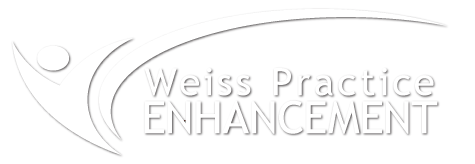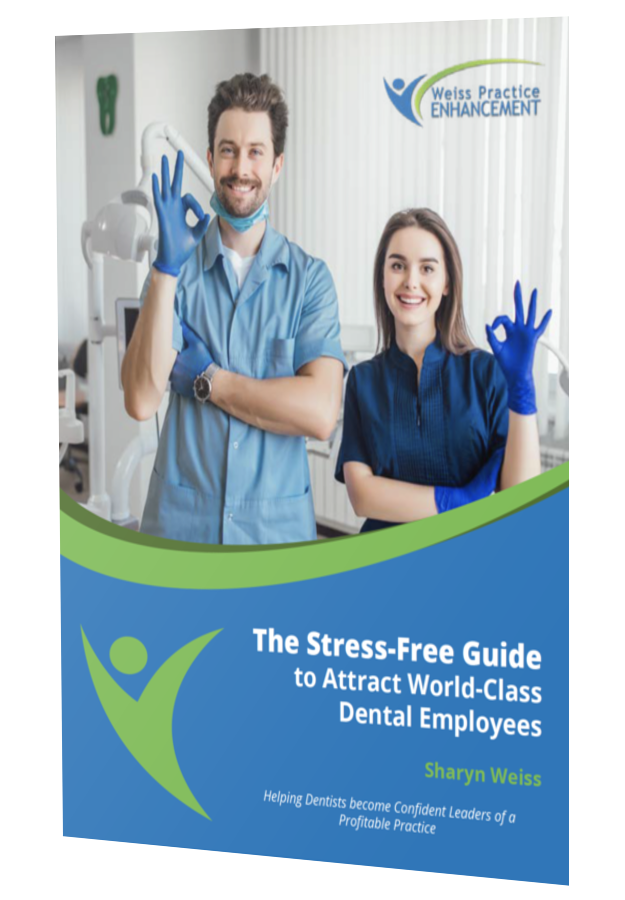It is spring and, of course, many dentists thoughts turn to retirement. While this may not sound as fun as dancing through the tulips, my guest columnist is a Certified Financial Planner CFP® who finds this topic exhilarating. And as you will see, he is also giddy, knowledgeable, thoughtful and inquisitive.
With that as the backdrop, we discussed retirement plans.
Sharyn: As a general rule, how does a dentist know if their retirement plan design is best for them?
Giddy CFP®: Great question and one that I personally enjoy exploring. While there are nuances to plans, as a general rule a doctor under forty-five should have results where the tax savings is equal to or greater than the total company staff cost. And a doctor who is older than that should strive to have at least 75% of the total contribution going to them.
Sharyn: From what I hear, most doctors are APT to just accept the pension firms’ numbers as presented. After all, the pension firm is the expert. So, why shouldn’t they?
Knowledgeable CFP®: First of all, the doctor shouldn’t wait until the numbers come through at the end of the year and then just accept. Instead, they should have their pension firm run a projection in late fall based on projected numbers. With staff turnover and change in demographics the pension firm should come back with options (i.e., minimum and maximum funding). Additionally, if they are discussing this prior to year-end there is time to make plan changes to improve results.
Sharyn: Can you give me an example of what might improve results?
Thoughtful CFP®: Let’s start with what is probably the most often used retirement plan. The 401k profit sharing plan. This plan allows doctor and staff to elect to have money taken from their wages and deferred. The doctor’s contribution is impacted by how many employees elect to defer and how much they defer. This impact can be eliminated if the doctor elects a “safe harbor” which is a commitment to make a contribution for staff. In exchange for that commitment the doctor can contribute the maximum deferral ($20,500 for 2022 with an extra $6,500 if they are over age 50). This starts to slant the % pretty heavily in the doctor’s favor.
Combine that with other features like, cross-testing (a form of age weighting), discretionary match, Social Security integrations, etc. and the percentage going to the doctor starts to improve. Additionally, once a doctor is in his/her 40’s and they have ample cash flow, adding a cash balance plan can provide greater deductible contributions for the doctor with staff costs (if demographics and design converge properly) under 20% of the overall cost.
Sharyn: If you are recommending safe harbor accounts then how do I know which one to choose?
Inquisitive CFP®: You are asking a two-part question. Part one is “how do I know which safe harbor plan to choose?” and Part two is “where do I invest the funds?” Is that correct?
Sharyn: Yes, can you explain the difference?
Informative CFP®: The difference is one has to do with retirement plan design and the other has to do with choosing a money manager and an investment strategy that fits your investment risk profile. It is important that doctors understand that they can have the best retirement plan design but a subpar investment strategy (i.e. paying too much in fees, taking too much risk, or having a manager that isn’t communicating with you and your team). The opposite can also be true, great investment strategy but a subpar retirement pan design.
There are two options in safe harbor. One is known as a 3% Non-elective (NEC) contribution and the other is a 4% Match. The Non-elective option requires the doctor to contribute 3% of every qualified employee’s wage regardless if they elect to defer any of their own money.
The 4% match option requires a safe harbor contribution “match” if the employee elects to defer a certain percentage of their pay.
Sharyn: Okay, so can you provide a sample of how a poorly planned retirement design could be enhanced to produce better results?
Instructional CFP®: Sure, let’s do a case study.
- Doctor is 45 years old, operates as an s-corporation, takes a salary of $150,000 and has s-corp earnings of another $150k. She is deferring the maximum.
- Doctor does not employee her spouse
- She has seven staff members who make a combined $500,000. Only three of them (their combined pay is $225k) have money deferred out of their wages at an average of 5%.
- She has extra cash and would like to increase personal amounts to around $50k but has been told by the pension firm (without number support) that “it won’t work for you”
- This doctor has a 401k Safe Harbor Profit Sharing Plan that is using the 3% non-elective option.
Given the pension firms “it won’t work for you” statement this is a poorly planned design. It means that the doctor is only utilizing the deferral and safe harbor (SH) parts of the plan. The results? She is personally sheltering $25,000 and the staff cost would be (assuming all were eligible) $15,000. The doctor receives just over 62% of the dollars.
What changes could improve this plan?
- Change to 4% SH match and nothing else. Her total would go to $26,500 but the staff cost would only be $9,000 ($225k * 4%). With this change, the doctor receives just under 75% of the dollars.
- We could add the spouse with a payroll at $30k and have them defer $20,500. Result Dr. & Spouse now have $48,200 going into the plan with the staff cost still at $9k. With this change, the doctor and spouse receive just over 84% of the dollars.
If doctor doesn’t want to add her spouse to the payroll, there are other options:
- Increase the doctor’s wages (say $250k). This would allow her to increase her total contribution to $30,500 without an increase to staff cost. The doctor receives just under 76% of the dollars.
- If demographics are good then funding profit sharing portion of the plan with age weighting/cross testing, stay with the 3% SH, increase the doctors wage and utilize a gateway provision. The staff cost would increase to a maximum of $25k but the doctor could shelter as much as $58k. The doctor receives just under 70% of the dollars
The illustrations above show that design is important, but keep in mind that the goal shouldn’t be to lower the staff cost, it should be to maximize the % to the doctor while also rewarding the staff.
Sharyn: Wow, this is great information. I have a fun parting question. When you were a child, did you hope to become a CFP® someday? In other words, what led you down this path?
Reflective CFP®: Long story but let me just say it was a Saturday morning when I was pre-teen. I was eating a bowl of cereal and my father came into the kitchen, picked up the phone (a land line!) and made a phone call. What I heard him say made me take pause and think, hmm I wonder how that works. To hear the rest of the story, tune in next time.
Read the rest of the interview with our intrepid CFP in our August 25 newsletter.




